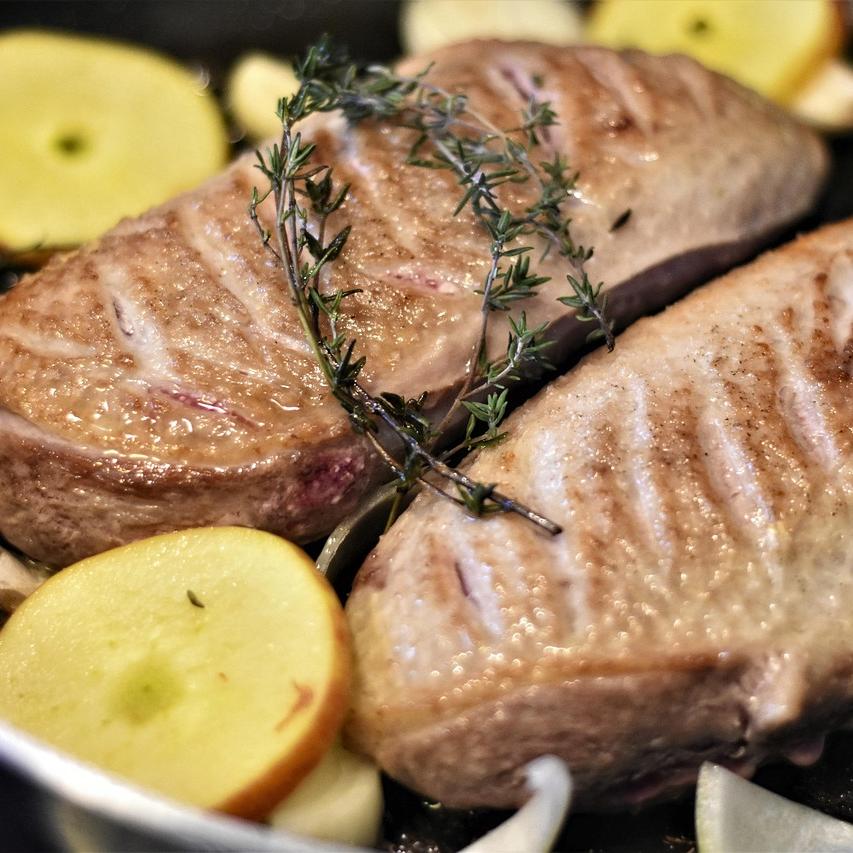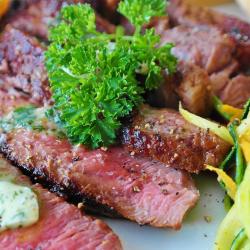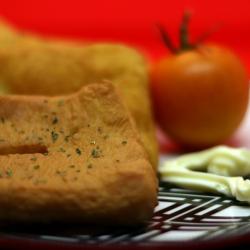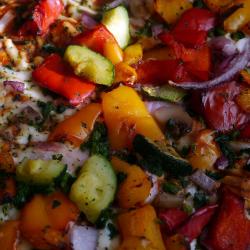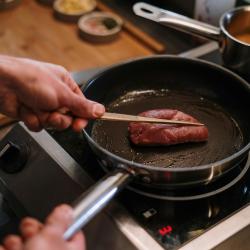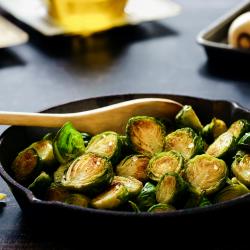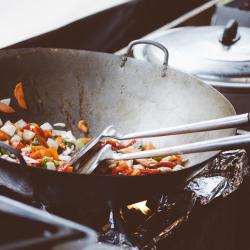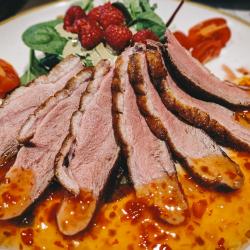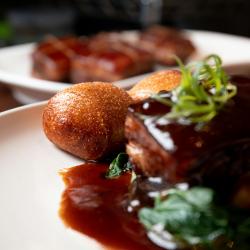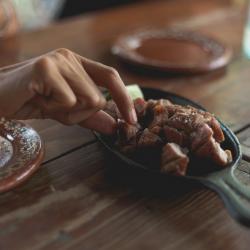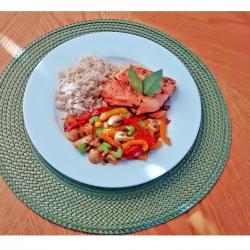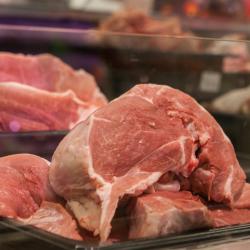The Secret to Perfectly Pan-Seared Meat Every Time
From the sizzling sound that tantalizes your senses to the deeply caramelized crust that encases juicy, tender meat, pan-searing is a technique that turns a simple cut into a mouthwatering masterpiece. Yet, achieving that restaurant-quality sear with a perfectly cooked interior can seem elusive. Whether you're a home cook attempting to master this culinary art or a seasoned chef refining your skills, understanding the secrets to perfectly pan-seared meat can elevate your cooking game to new heights.
The Secret: The Maillard Reaction
At the heart of pan-searing is the Maillard Reaction—a complex chemical reaction between amino acids and reducing sugars that gives browned food its distinctive flavor. This reaction begins around 300°F (150°C), creating the rich, savory, and slightly nutty flavors that define pan-seared meat. Understanding and manipulating this process is fundamental to achieving culinary success in searing.
Step-by-Step Guide to Perfect Pan-Searing
-
Choose the Right Cut and Thickness
Selection of the right meat cut is crucial. Opt for cuts with even thickness and good marbling, such as ribeye, sirloin, or pork chops. Thickness should ideally be between 1 to 1.5 inches to ensure a balanced sear without overcooking the interior.
-
Patience is Key: Temper and Dry Your Meat
Before searing, remove the meat from the refrigerator and let it temper to room temperature. This ensures even cooking throughout. Drying the meat with paper towels removes surface moisture, which can hinder browning and lead to steaming instead of searing.
-
Season with Intention
Season generously with salt and pepper just before searing. Salt enhances flavor and assists in forming a crust. For additional complexity, consider a dry rub with spices like garlic powder, smoked paprika, or herbs.
-
Select the Proper Cooking Oil
Use oils with a high smoke point, such as vegetable, canola, or grapeseed oil, to prevent burning. A high smoke point allows the oil to withstand the high heat necessary for searing without imparting burnt flavors.
-
Preheat the Pan
The pan should be sufficiently hot before adding the meat. Preheat over medium-high heat; when a drop of water sizzles and evaporates on contact, the pan is ready. A heavy-bottomed stainless steel or cast-iron skillet is ideal for retaining and distributing heat evenly.
-
The Golden Rule: Do Not Overcrowd
Avoid overcrowding the pan to prevent lowering the temperature and causing the meat to steam. Sear in batches if necessary, and always give the meat space to breathe.
-
Searing Time and Handling
Place the meat in the hot pan and resist the temptation to move it too soon. Allow 3-5 minutes for the Maillard Reaction to develop a crust. Flip it once when it naturally releases from the pan. Cook the other side for an additional 3-5 minutes.
-
Finish in the Oven (Optional)
For thicker cuts, after achieving a sear, finish cooking in a preheated oven (375°F - 190°C) to the desired internal temperature using a meat thermometer for accuracy.
-
Rest and Relish
Rest the meat for at least 5-10 minutes post-cooking to allow juices to redistribute. This step is essential for maintaining juiciness and flavor.
Conclusion
Pan-searing is both an art and a science, requiring attention to detail and respect for process. With practice and patience, employing these secrets will consistently yield beautifully browned, succulent meat, bringing restaurant-quality dishes to your home table. So preheat that pan, prep your favorite cut, and savor the unparalleled satisfaction of perfect pan-searing.
